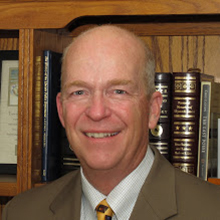
Open data is the rage in policing these days, spurred on by the White House Police Open Data Initiative, which sprang to life after the release of the President’s Task Force on 21st Century Policing report.
A handful of early adopters contributed some of their data to the portal, which is now hosted by the Police Foundation. With the launch of Lincoln’s open data website, I thought we might offer up our data to the Police Foundation portal as well, and I have been in contact to do so.
Since the early months of the initiative, the number of police departments providing open data in the United States has grown dramatically. Lincoln is not exactly the first wave, although as a percentage, the number of agencies offering license-free, machine-readable datasets is still mighty small.
Those departments offering open data typically have such things as police dispatches, incident reports, traffic stops, arrests, and so forth. Some have use of force reports, and officer-involved shooting incidents. Here in Lincoln, we really only have one dataset that is somewhat unusual, and I would venture to say it’s actually unique.
What we have that would fit the definition of unique is this: a dataset consisting of tens of thousands of surveys asking citizens about their recent experience after actual police contacts, and also about their perceptions of safety in the neighborhood where they live.
This survey, our Quality Service Audit (QSA) was originally developed in conjunction with the Gallup Organization in the mid-1990s. It is a telephone survey conducted by Lincoln Police Department student interns, volunteers, and recruit officers in training. Surveyed citizens have had recent police contact in one of three categories: arrested or cited, crime victim, driver in traffic crash.
The survey is not random: it is only conducted with citizens who have had recent police contacts of these types; it only surveys citizens who surveyors were able to reach by telephone; and the volume of surveys completed is dependent on the availability of surveyors, which fluctuates throughout the year.
While many police departments conduct surveys, very few of these survey people who have actually had recent police contacts, even fewer of those include surveys of people who have been cited and arrested. And I am pretty comfortable in saying that nobody has two decades of individual row-by-row records open to the public: 78,134 survey responses from 1996 through 2016.
This post was originally published on March 31, 2017 on Director Casady’s blog.